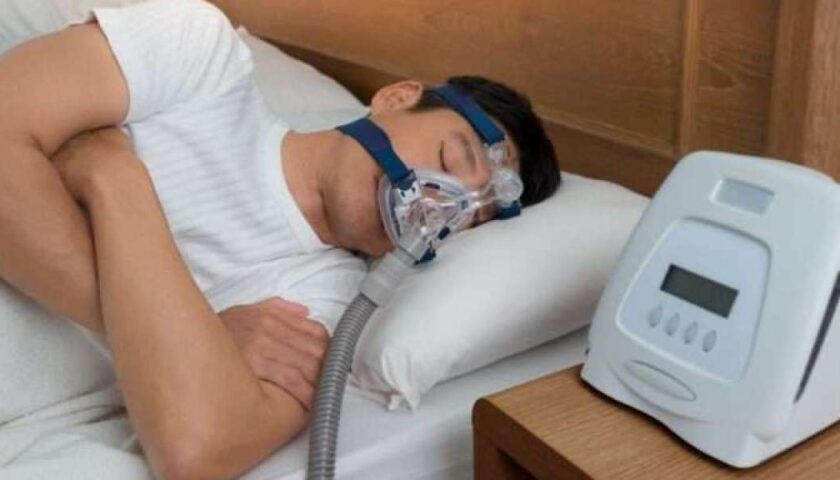Having a good system for collecting payments from patients is really important for making sure your healthcare business gets paid on time. This is especially important if your business relies on getting deductibles from patients to stay financially secure. When patients pay their bills quickly, it helps you cover your own expenses and invest in better tools to serve them.
Here are six simple steps to help you improve how you collect payments from patients in your healthcare practice. Collecting payments from patients can be tough, but these techniques can make it easier.
What is a patient collection in medical billing?
Patients usually have to pay part of their medical bills. Insurance covers the rest. Tell the patient about their payment responsibilities for patient collections.
For payment collection, top medical billing companies handle patient billing and collections. They send bills to patients, get payments, and chase unpaid bills. If needed, they also help patients make payment plans or settle debts.
- Payment collection at an upfront
It’s important to know that the number of transactions at the point of service (POS) is going up. The best time to collect money from patients is when they are at the clinic. Make sure your front desk or check-in staff tells the patient if they owe any payment and if we have tried to get it before.
By asking patients to pay, we can get more revenue from them and spend less time trying to get unpaid bills paid or sending reminders.
- Get Paid Easily with the Patient Portal
Make it easy for your patients to pay you. Encourage them to pay online using a patient portal. They can do it comfortably from home, and it is safe.
Online payments are faster and save resources. Your patients do not need to handle physical papers, and you get your payment faster.
- Offer Payment Plans
Payment plans are helpful for patients who want to pay but can not afford the whole bill at once. These plans give patients the confidence to pay for their treatments.
You should offer these plans to patients with expensive bills who can not pay everything right away. Also, make sure the plans follow state and federal rules
4. Offer Different Ways to Pay
To make your medical practice financially better, you should make it easy for patients to pay their bills. This means you should accept various ways of payment.
In the past, patients didn’t have to pay as much for their medical bills. But now, they have to pay more. To help them, you can let them pay using:
- Credit cards
- Debit cards
- Electronic fund transfers (EFTs)
- Checks
- Cash
- This will make it easier for patients to pay you.
5. Keep Track of Unpaid Patient Bills
To keep your medical practice’s revenue flowing smoothly, it’s vital to check in on patients who owe you revenue. Here are some helpful tips:
- Give them a call: Reach out to patients with overdue bills by calling them. During the call, kindly explain their unpaid balance and ask if there’s a reason for the delay in paying. If needed, suggest a payment plan.
- Send a friendly reminder: You can also send a reminder through the mail or email to the patient’s home. Make sure your message is clear and understandable, and include information on how they can make payments.
It is important to stay persistent and compassionate when dealing with patients who owe you revenue. They might be facing financial challenges, and it is crucial to work together to find a solution that benefits both parties.
Get Help with Collecting Patient Payments
To make sure you get paid for medical services, consider outsourcing the job.
Outsourcing companies are really good at this. They can help you keep getting revenue in and collect payments faster. There are professional medical billing companies in Delaware. They know how to remind patients about late bills and fix claims that were denied.
Here’s why it’s a good idea to hire a trusted company to handle patient payments:
- More reimbursement coming in,
- Happier patients, and
- Less work for you.
Use Electronic Payment methods
Using electronic invoices is a good way to make your revenue collection process better. When you send digital bills, they arrive faster, so patients are more likely to pay on time. It’s also cheaper and faster than using paper bills.
Key Takeaways
- Ensure patients understand their financial responsibilities upfront. Explain co-pays and deductibles during appointments.
- Send out accurate and timely bills with clear payment instructions. Make it easy for patients to pay online.
- Implement a systematic follow-up process for unpaid bills. Send reminders via phone, email, or mail.
- Offer flexible payment plans for patients facing financial challenges.
- Consider outsourcing collections to professionals who specialize in this area.
- Use technology to streamline billing and payment processes.
- Gather feedback from patients to continually improve the collection process.
FAQs
What is a patient collection?
It means gathering money from patients. Aging is sorting accounts by how long it’s been since the bill was sent or the due date passed.
Why is it important to collect payments from patients?
Collecting money from patients helps save the revenue that was already earned. This is crucial for medical practices, hospitals, and centers. It ensures they can provide good patient care and run their operations smoothly.





